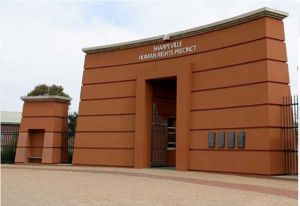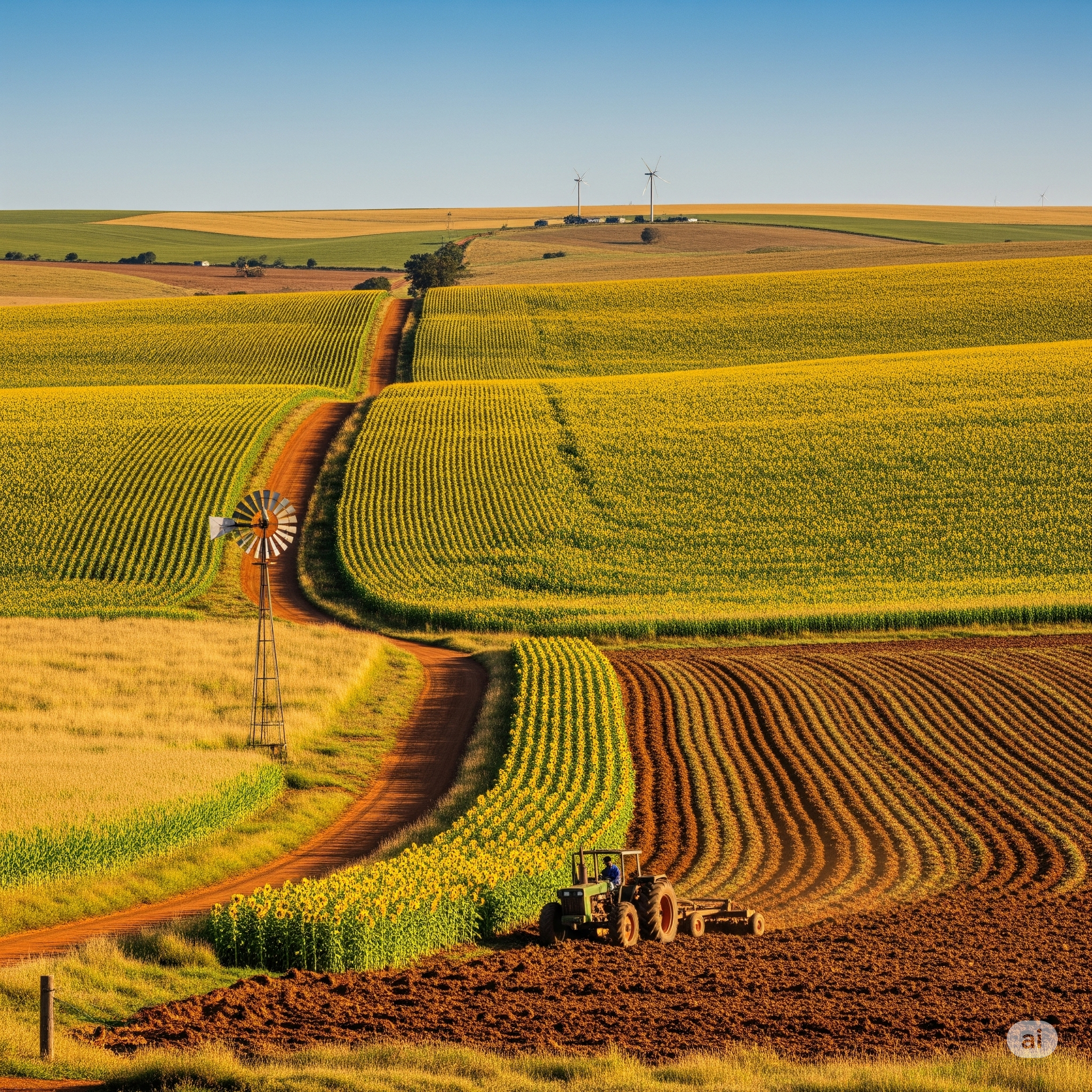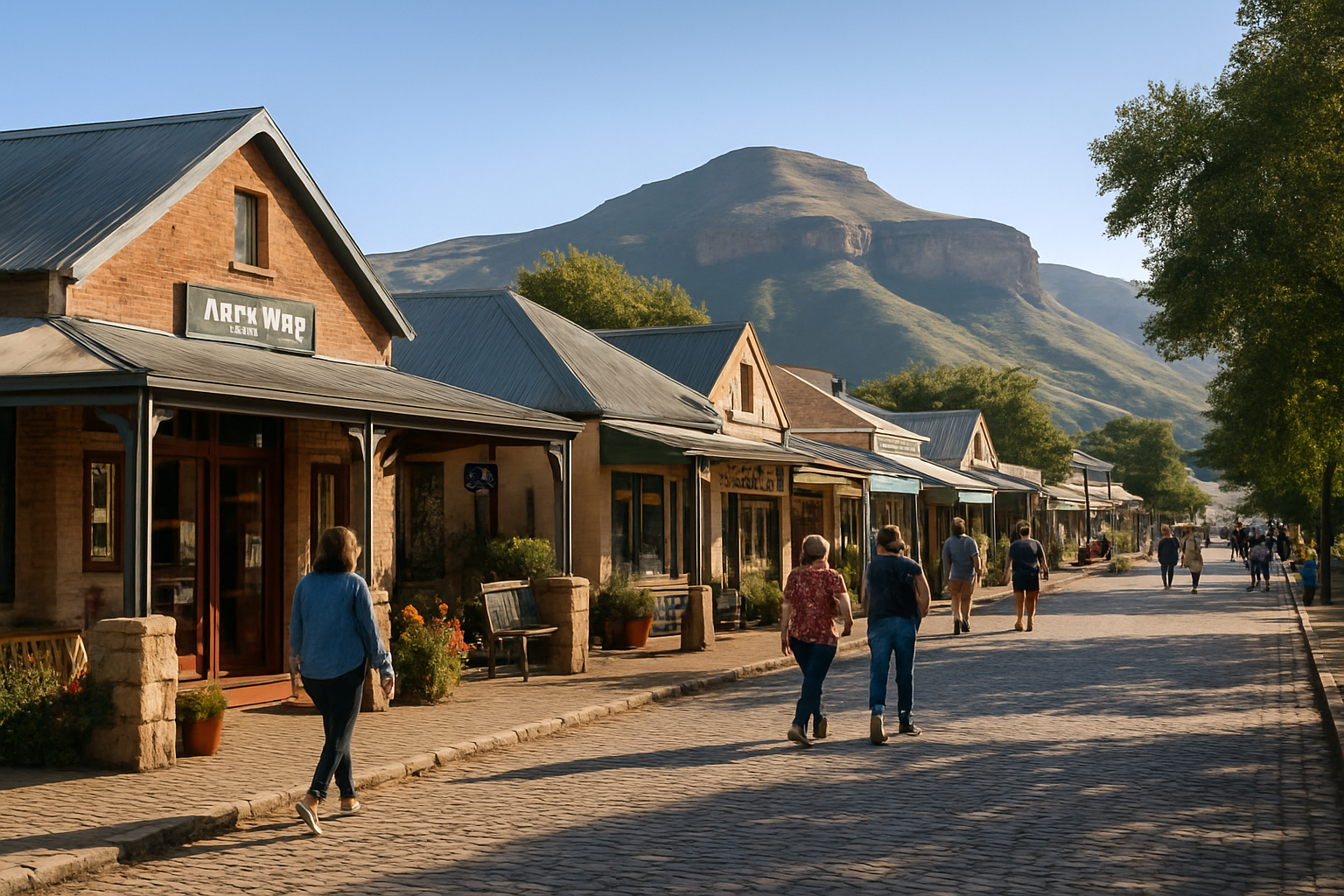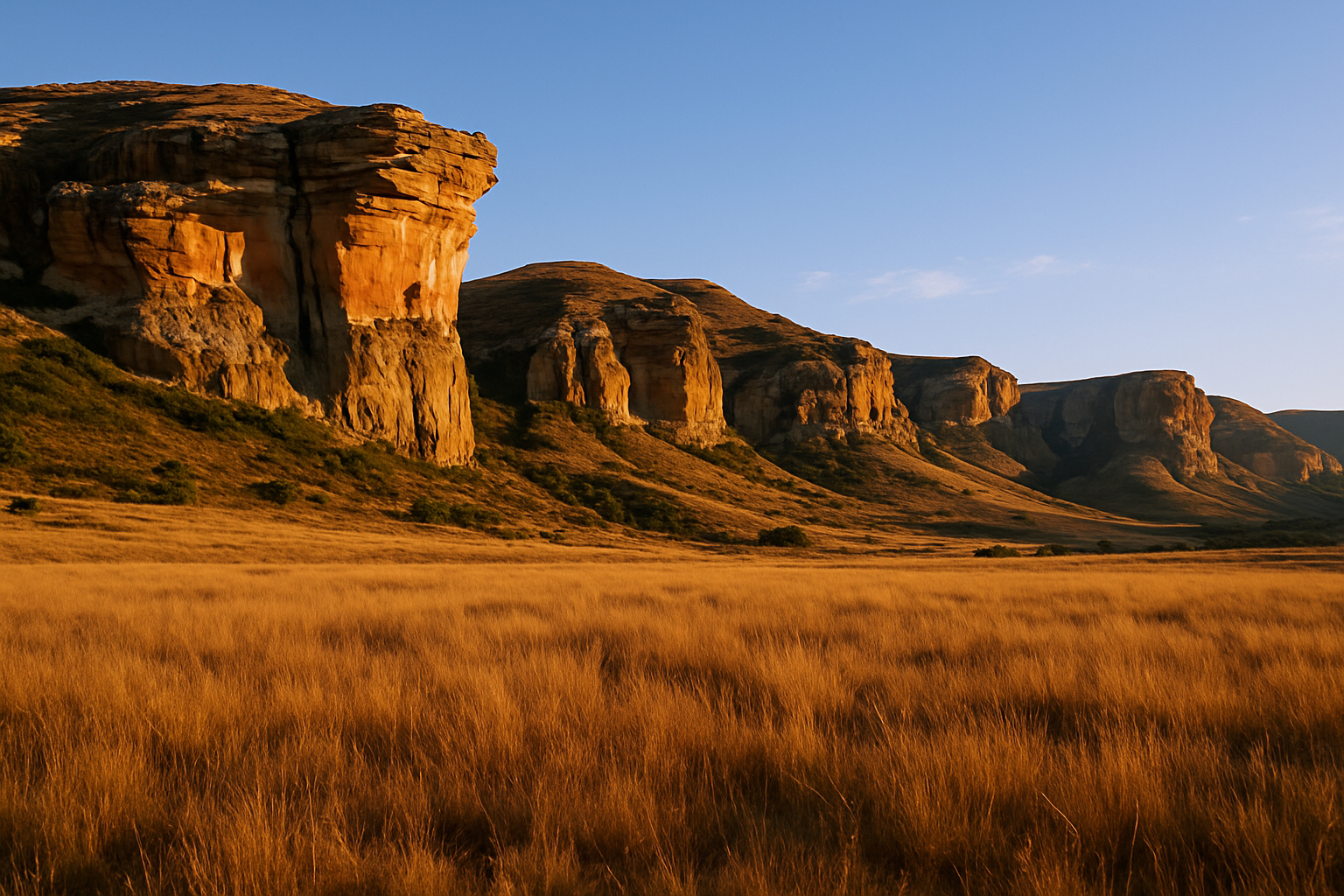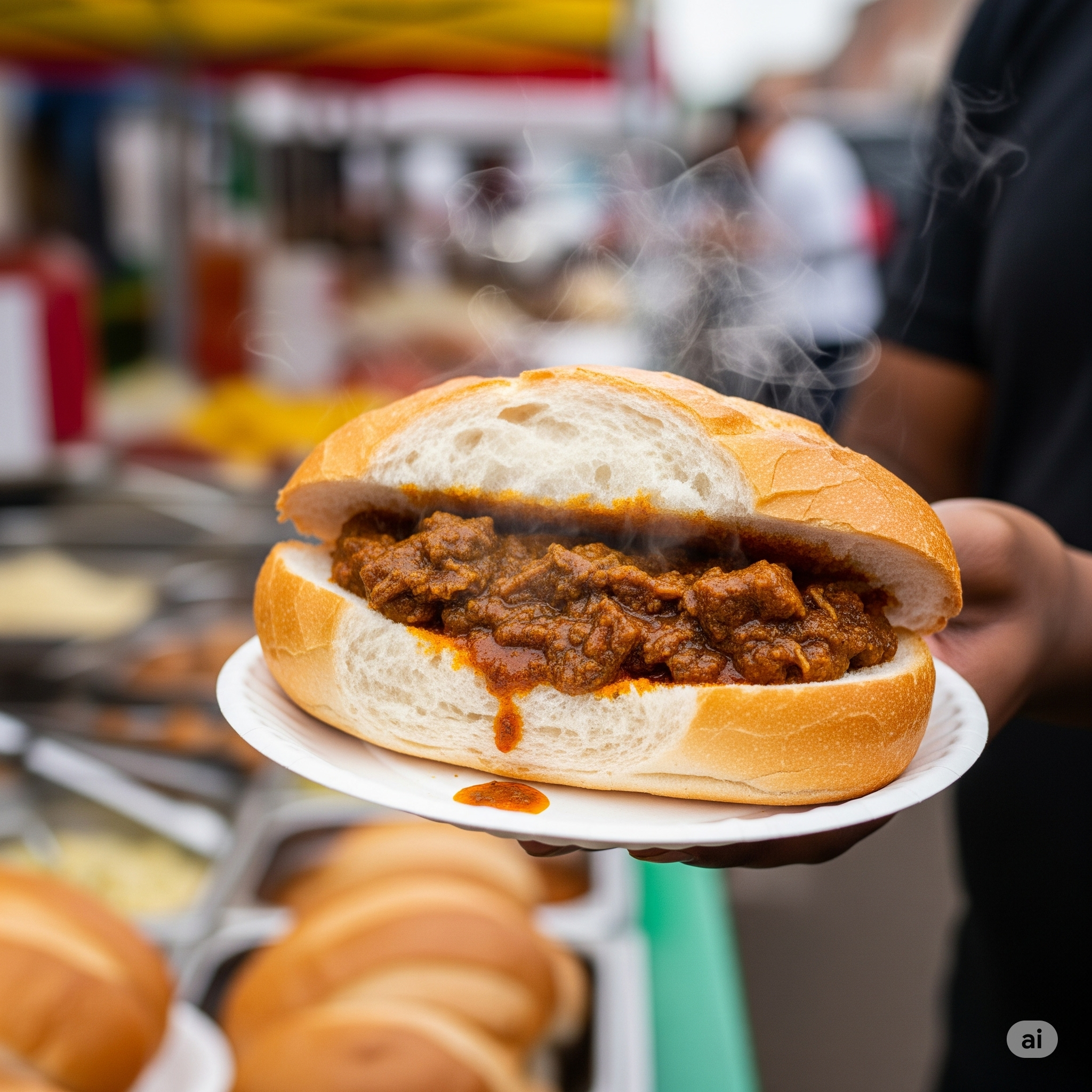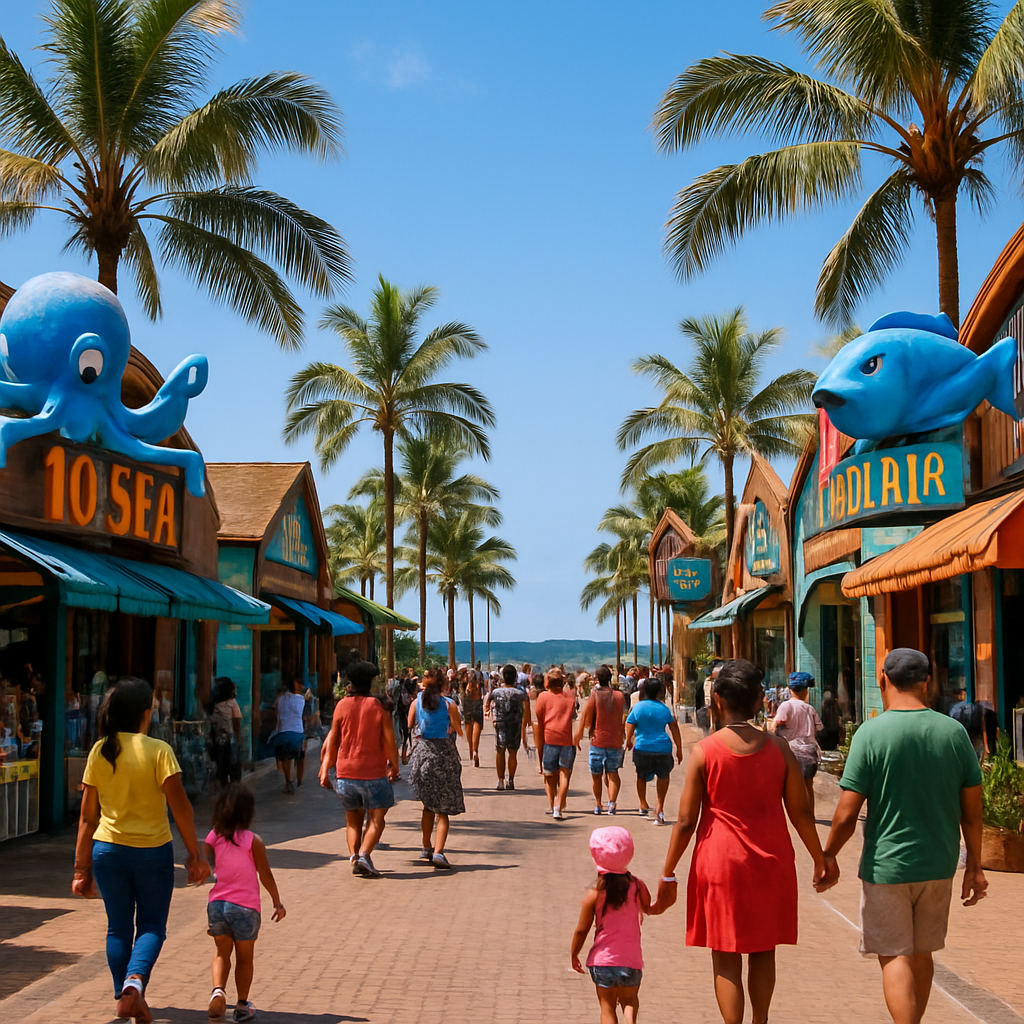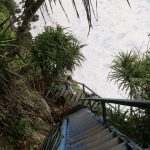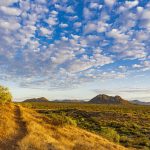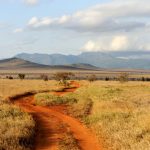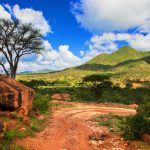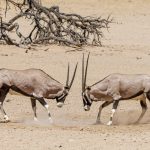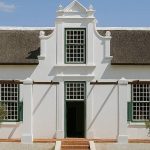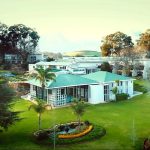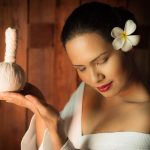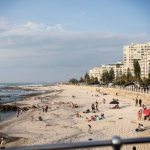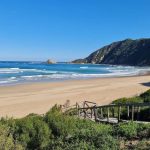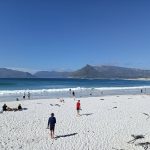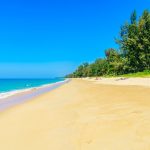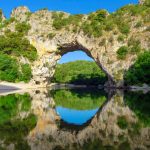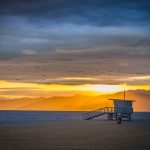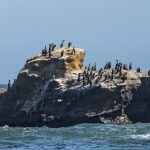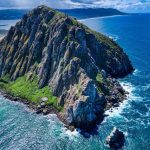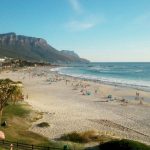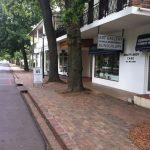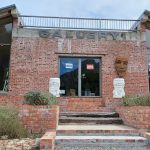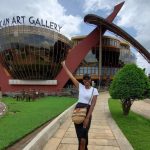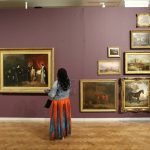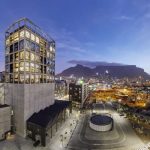Vast Plains with Surprising Contrasts
Harsh in climate, gentle in lifestyle and breathtaking in beauty, the Groot Karoo is a place of extremes, surprising visitors with its contrasts. Arid plains and lush valleys, wide open spaces and vibrant village clusters, quaint architecture, scorching summers and bitter winters, and the majestic Swartberg mountain range that separates the plateau of the Groot Karoo from the lower Klein Karoo.
Karoo is a Khoisan word that means ‘dry, hard, thirst land’. This semi-desert interior region is a scientific wonder, boasting the richest diversity of succulents (over 9,000 species) and the greatest variety of land tortoises on the planet. It also holds the Western Cape’s largest collection of San (Bushman) rock art and South Africa’s first Braille fossil trail, showcasing fossil remains from over 250 million years ago.
Though at first glance the Groot Karoo may appear untouched by time, it holds a deep cultural and historical heritage. In the 19th century, Imperial British forces crossed its plains during the Anglo-Boer War, leaving behind British graves as they advanced north. It’s also notable for its medical legacy—Dr. Christiaan Barnard, pioneer of the first human heart transplant, and Dr. Emil Hoffa, founder of modern orthopedics, were both born here.
Explore a tourist route through Kwa-Mandlenkosi Township in Beaufort West, continuing on to Nelspoort—home to the largest San rock art collection—and the peaceful town of Murraysburg. Further south along the N1 highway, you’ll find Leeu Gamka, Merweville, and the historic town of Prince Albert, famed for its dried fruit production. Laingsburg is a geological wonder with remnants of the devastating 1981 flood, and Matjiesfontein offers a nostalgic glimpse into the Victorian era.
The Groot Karoo is known for its crystal-clear night skies, awe-inspiring sunrises and sunsets, and the warm hospitality of its people. It’s not just a destination—it’s an experience etched into the land and sky.
